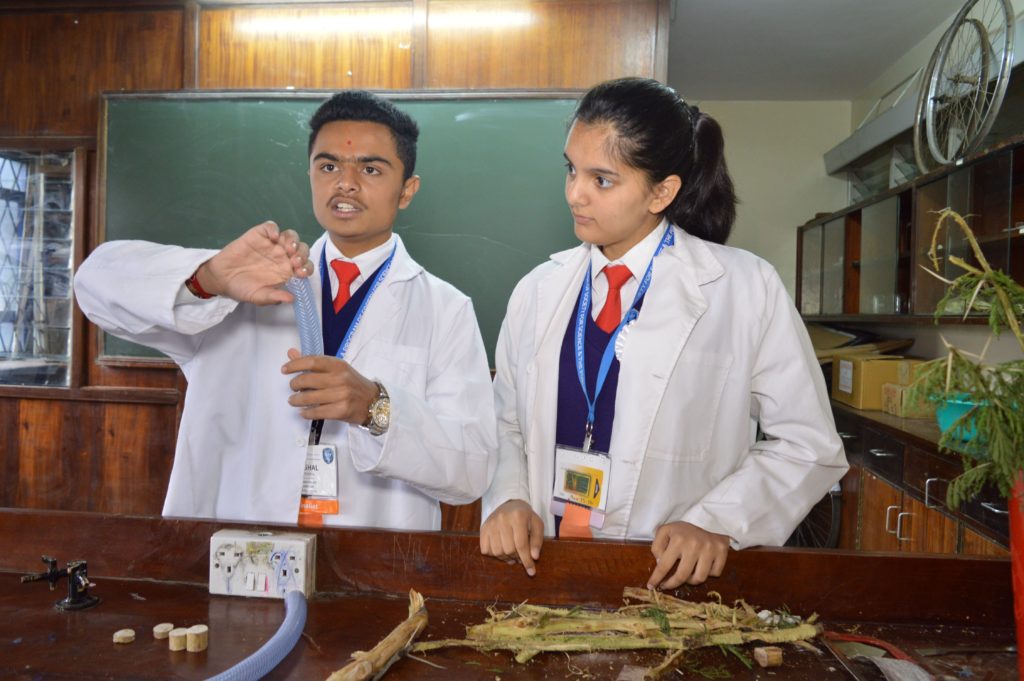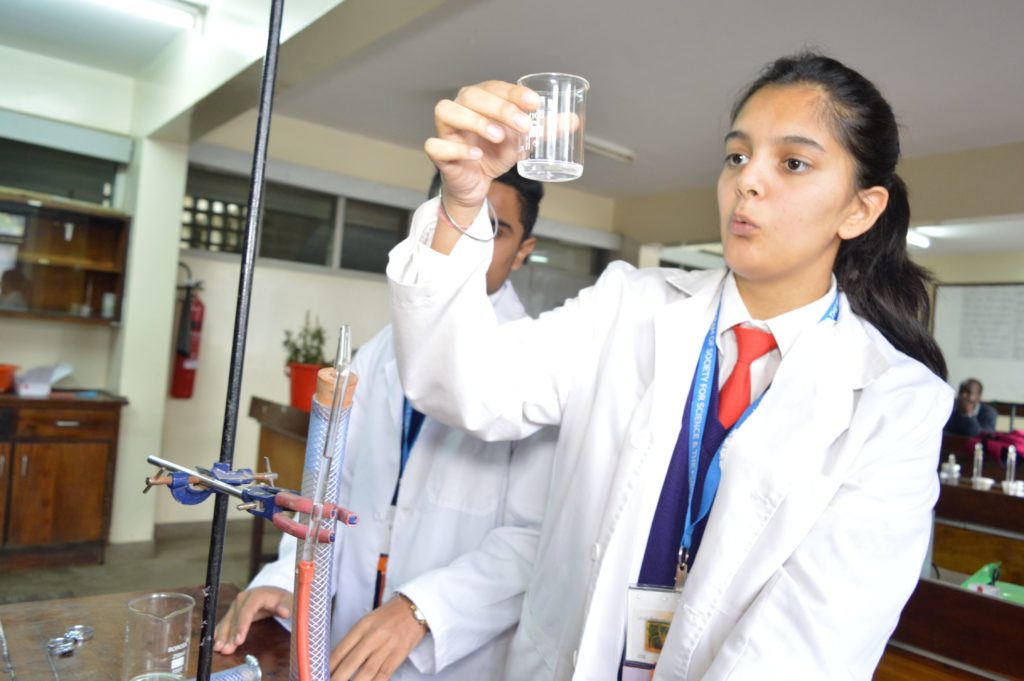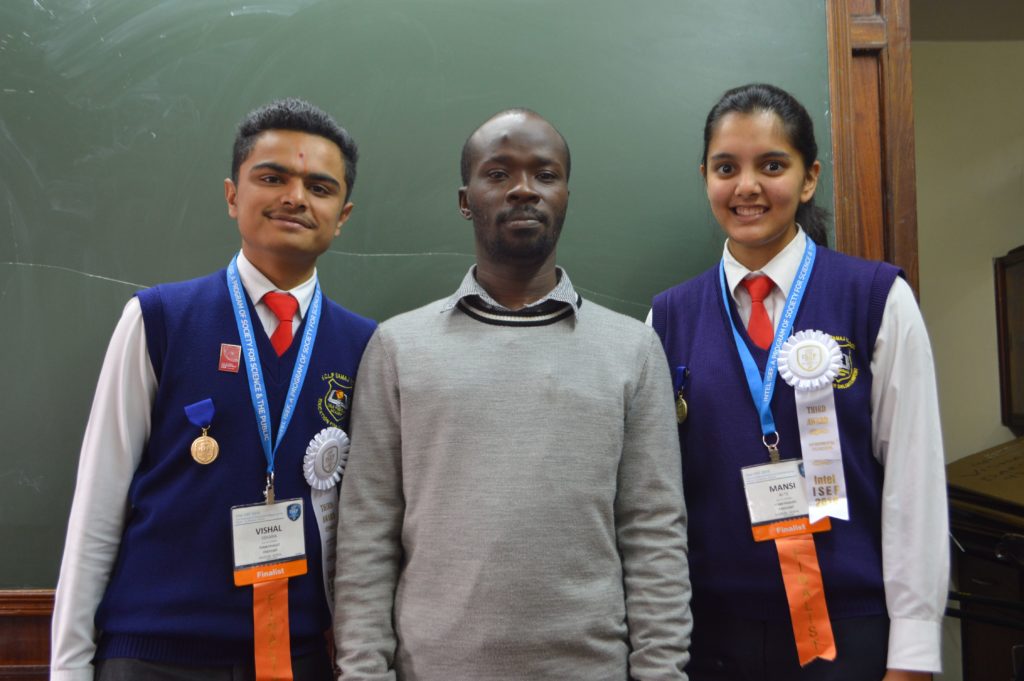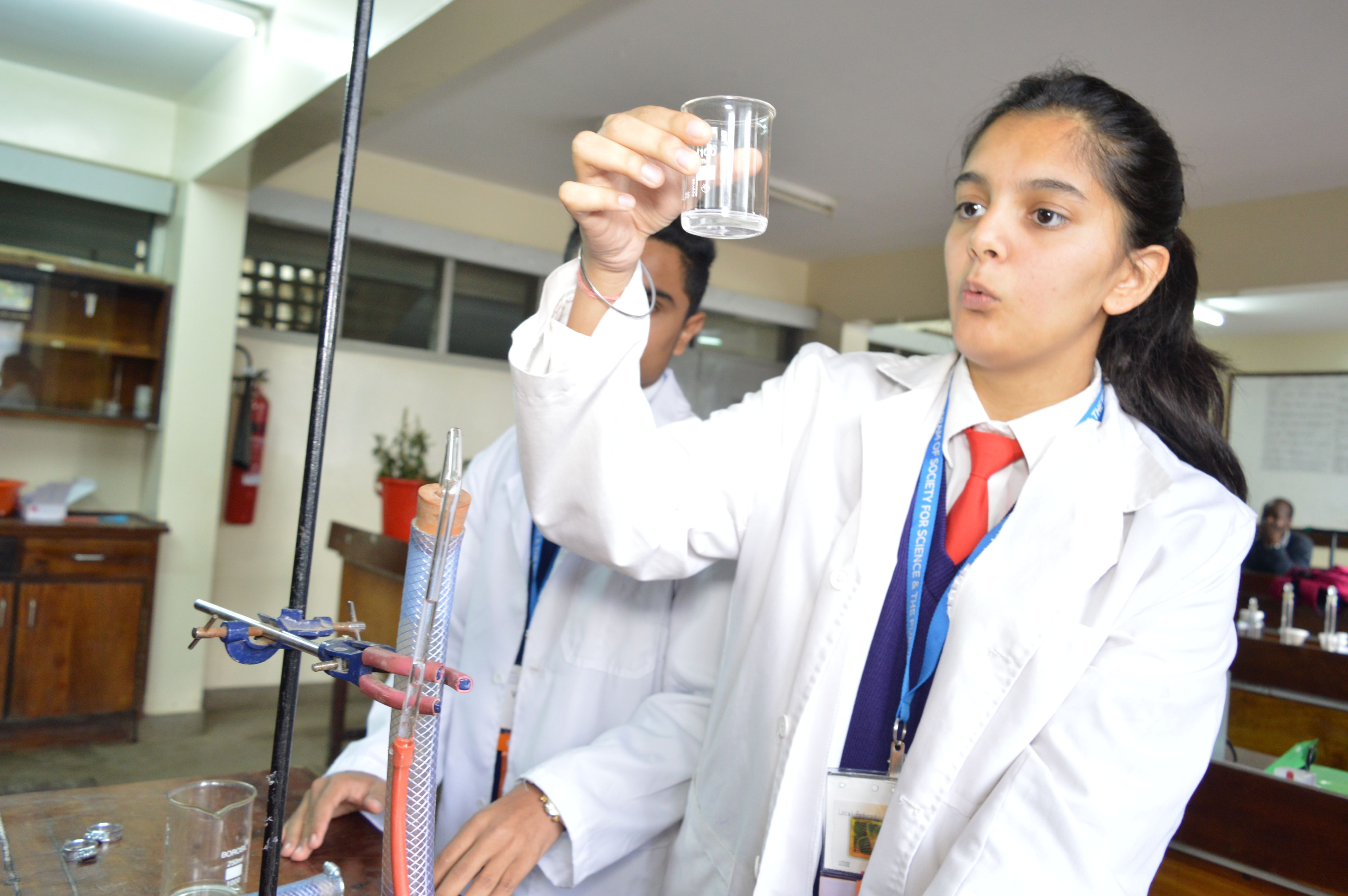By Clifford Akumu
Early 2015, during a school tour to the arid areas of Kajiado County, pupils from Shree Cutchi Leva Patel Samaj School just like any other teenagers had an adventurous feeling.
But, two students on that trip, Vishal Vekaria and Mansi Apte had other issues boggling their innovative mind.
Apart from posing for ‘selfies’, typing down ‘tbts’ or ‘hashtags’ on their smart phones associated with teenagers on any excursion, they were brainstorming on how to solve the problem of water contamination in the arid and semi-arid areas of Kenya.
Water scarcity and lack of pasture are the much-sung predicaments of ASAL regions of Kenya. What worried the two young innovators was the rate of contamination from the water that the community consumed.
“In arid areas water is scarce. However, the little they salvage from the wells is usually contaminated.”
“People in these areas have no choice but to consume this contaminated water which often leads to diarrhea and other water borne diseases such as cholera, typhoid leading to death” said 15-year-old Mansi Apte.
What started as a ‘simple observation’ has put the young innovators on the international environmental engineering map.

They were among 1,750 young scientists, makers and entrepreneurs from around the world at the Intel International Science and Engineering Fair (ISEF) in Phoenix Arizona.
The duo’s project “Acacia Xanthophloea Characterisation and Preservation Techniques of Sapwood (Plant Xylem) as a Low Cost Membrane Filtration Device for Arid and Semi-Arid Areas in Kenya” attracted positive response from judges since it touched on local communities.
Under their category on environmental engineering, there were 109 competing projects. Also competing were other interesting innovations on robotics, how to cure malaria, reducing the noise level and on reduction of carbon dioxide.
“At the Phoenix fair we learnt about new ideas and listened to other presenters’ stories. In deed small experiences in life can lead to major innovations that can solve major problems” said Vekaria.
The water purifier project won them $1,000 (Sh100, 000) from the Qatar Foundation and an Honourable Mention by USAID. They were third overall in the environmental engineering category, the first Kenyans to win on that global stage.
“We had a feeling we were going to get something considering the number of visitors our stand pulled in Arizona, what we did not expect was the award and a special mention. It came as a surprise.” Apte said with a smile.
In that category, Alexis D’Alessandro from New York who built an affordable water purification system for the Turkana Basin won overall prize, including the Patrick H. Hurd Sustainability Award from the US Environmental Protection Agency.
After vigorous research that lasted a year they found out that the longest inches of Acacia Xanthophloea was the best in purifying water.
“We took into consideration many acacia species but found that (Xanthophloea) was the best and the most abundant specie found in this area and so we used it to come up with this water purifier .” explained Vekaria.

According to Apte, the water purifying solution is simple to make and easily accessible to people living in the Asal regions.
“Apart from using this acacia specie for firewood or charcoal our project has just added one more use to it without killing the others” said Apte
Materials used such as rubber tubing, horse clamps, epoxy glue and branches of acacia tree during the filtration process are easily accessible.
“For example rubber tubing is very cheap, because you could get up to a meter or two meters for sh70 shillings.
The process starts with fitting the piece of the sapwood into the rubber tubing followed by sealing the edges with glue to avoid leakage during filtration.
After tying the connection which forms the filter, one is advised to pour water on the top and collect from the bottom.
Efficacy tests have been conducted on the water purifier to ascertain its effectiveness.
“We have conducted several tests such as direction of how the water is flowing and falling, preservation experiment among others. After all the experiments were done, we are convinced that it is an effective method of water purification.” explained Vekaria.

The water purifier, according to Apte, is cost effective and can be made by the local communities in ASAL regions.
“With our water purifier, you don’t have to replace all the materials; you only replace the sapwood. The initial cost is about Sh300 on the higher side depending on the materials that you buy, but after that it is like you are spending nothing “said Apte
Detecting smaller viruses smaller than 100nanometres proved to be challenging, but with further research, this could be ironed.
“We think that if further research can be done on this, then it can be implemented even nationally”
Unlike their peers who had affiliations to international research institutions for their research, the year 10 students relied on their school laboratory.
“In our case, there are no research institutions connecting with high school or college science programmes to improve them, or even collaborate. We are lucky we had an equipped laboratory”
Neither are there scholarships for the best students to pursue their dreams in technical fields nor get their ideas beyond the lab.
For Alexis, she will be heading to the prestigious Massachusetts Institute of Technology after she graduates from high school in a few months.
Apte explained that, to wade through that cut-throat international science competition, they had to make numerous changes to the project.
“We tweaked a little bit of the initial experiment at the national science congress fair to up our game with the help of our teachers. We are happy it worked at the international stage”
Before representing Kenya in US the project had to pass many stages including zonal, county, metropolitan and national science congress.
“Our school was very lucky to represent two projects at the international level.”Getting more girls into science, technology, engineering and mathematics (STEM) remains a major bottleneck to major institutions in the country.
Mr. Laban Chweya says that adopting new approaches in teaching of STEM in primary and secondary schools will bridge the technological gaps between developed and developing countries.
“Most Kenyan secondary schools’ laboratories are ill-equipped for students to carry out experiments; thus they perceive sciences as dull, theoretical” said Chweya, three time judge at the ISEF and teacher at SCLP school.
The innovators are up beat that the project will be environmentally friendly through initiation of tree planting programs in the arid areas.
“Although this type of acacia tree self germinate, through capacity building the community can engage in reforestation to increase its shelf life”Apte noted.

Quality science education is a pillar for a more sustainable future that the nation must address in abid to catalyze the innovation and creativity in her youth.
Education Cabinet Secretary, Dr. Fred Matiangi during the 5th National Science Week emphasized the need for resource mobilization by forming productive partnerships and engaging more players and sponsors to invest in research and innovations.
“Government is focusing more on empowering STEM skills so as to achieve development as espoused in the vision 2030. Currently, the Government has constructed 60 technical training institutions and has embarked on additional 70 others in the second phase” said Matiangi.
Prof. Collette Suda Principal Secretary, Higher Education said that there was need to support and empower the youth, scientists and researchers though marketing and patenting their products.
“By investing in science and technology our youth involved in innovation are empowered and that their innovation also ends up in industries for commercialization,”Prof Suda said.














